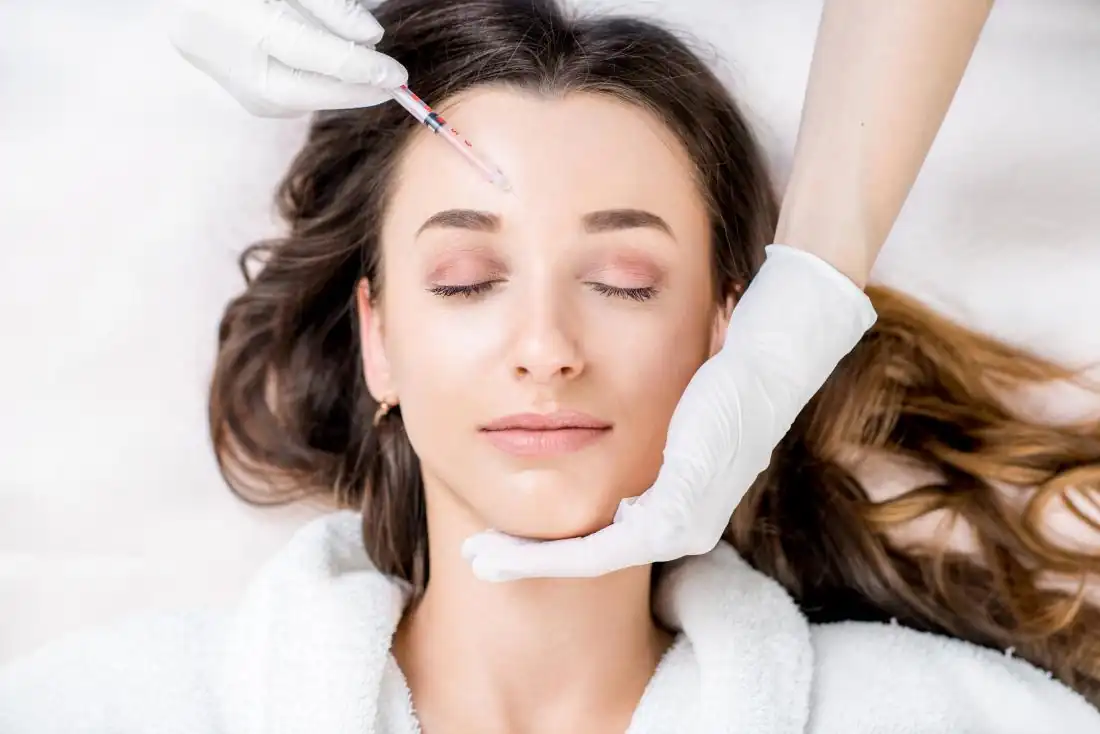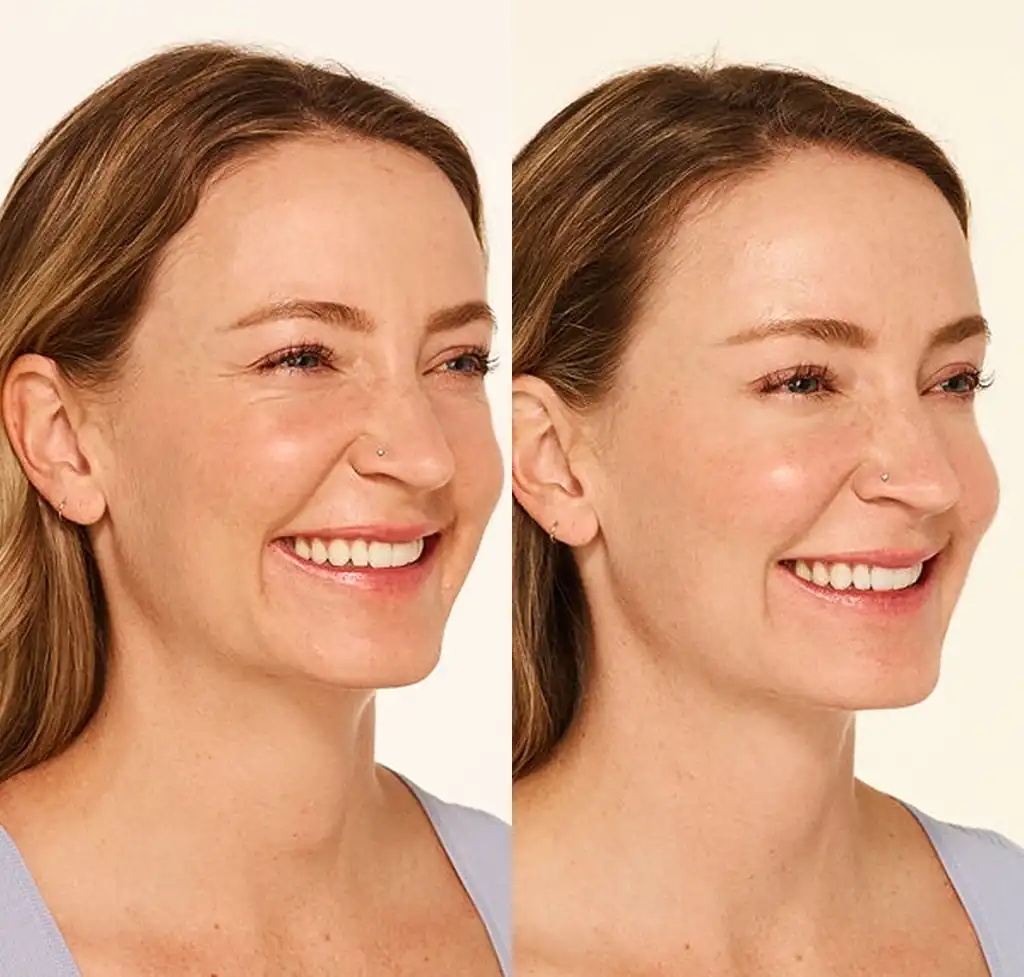What is Botox?
Botox is one of the most trusted and popular forms of botulinum toxin injections used worldwide. It works by gently relaxing targeted facial muscles, helping soften fine lines and dynamic wrinkles for a smoother, youthful appearance. Beyond aesthetics, Botox also offers medical benefits—healthcare providers use it to manage chronic migraines, excessive sweating, overactive bladder, and certain eye or nerve-related conditions. When administered in precise, controlled doses, Botox delivers safe, effective, and natural-looking results.
How Does Botox Work?
Botox works by temporarily blocking the nerve signals that cause muscles to contract. When these signals are interrupted, the targeted muscles relax, preventing tension that leads to wrinkle formation.
These effects are not permanent but typically last for several months. The specific muscles treated depend on your aesthetic concerns, and multiple areas can be safely addressed in a single session for a smoother, more rejuvenated appearance.
What Cosmetic Conditions Can Be Treated With Botox?
Botox effectively targets signs of aging by relaxing specific facial muscles, helping soften fine lines and wrinkles for a smoother, refreshed look.
It is commonly used to treat:
- Eyebrows
- Forehead
- Nose (Bunny Lines)
- Eyes (Crow’s Feet)
- Lips
- Chin
- Jawline
- Neck
What Medical Conditions Can Be Treated With Botox?
Botox effectively targets signs of aging by relaxing specific facial muscles, helping soften fine lines and wrinkles for a smoother, refreshed look.
Botox may be recommended for:
- Crossed eyes (Strabismus)
- Excessive muscle contractions (Dystonia)
- Nose (Bunny Lines)
- Excessive sweating (Hyperhidrosis)
- Eyelid twitching
- Chronic migraines
- Overactive bladder
- Pediatric upper limb spasticity
- Adult spasticity
- Blepharospasm
- Cervical dystonia
Can Botox Help Reduce Pain?
Yes, Botox is increasingly used for effective pain management. By blocking nerve signals that trigger muscle activity, Botox helps relax tense muscles and reduce discomfort. This therapeutic effect can provide significant relief for various chronic pain conditions. Healthcare providers may recommend Botox for back pain, neck pain, jaw pain, nerve pain, sciatica, neuropathy, pelvic pain, chronic myofascial pain (CMP), osteoarthritis, joint pain, and TMJ-related discomfort. It offers a minimally invasive option for long-lasting pain relief when other treatments haven’t worked effectively.
What is Botox made of?
Botox is derived from a purified form of a neurotoxin produced by the bacterium Clostridium botulinum. For cosmetic and medical use, healthcare professionals utilize a highly refined and controlled type A strain of this bacteria.
In nature, botulinum toxins can be found in soil or contaminated food, and high levels can lead to botulism — a serious condition that affects the nervous system. However, the Botox used in treatments is carefully processed in a laboratory, where it is purified, diluted, and sterilized to ensure it is completely safe for medical use. This controlled preparation allows the toxin to work therapeutically without causing harm.
Is Botox safe?
Yes, Botox is considered safe when administered by a trained and licensed healthcare professional. Millions of treatments are performed worldwide each year with an excellent safety profile. While it may not be suitable for everyone, your medical provider will assess your health, concerns, and goals to determine whether Botox injections are the right choice for you.
How long does it take for Botox to work?
Most people begin noticing visible improvements by the 3rd or 4th day after their Botox treatment. The injected muscles gradually relax, softening lines and wrinkles. Full, refined results typically appear within 10 to 14 days, giving the face a smoother, more refreshed look.
How long does Botox last?
Botox results are temporary and usually last between 3 to 6 months. Over time, the effects wear off and muscle movement gradually returns, which may cause wrinkles or medical concerns—such as migraines or excessive sweating—to reappear.
To maintain consistent results, follow-up sessions are recommended based on your needs. Your healthcare provider will guide you on the ideal treatment frequency for long-lasting outcomes.


